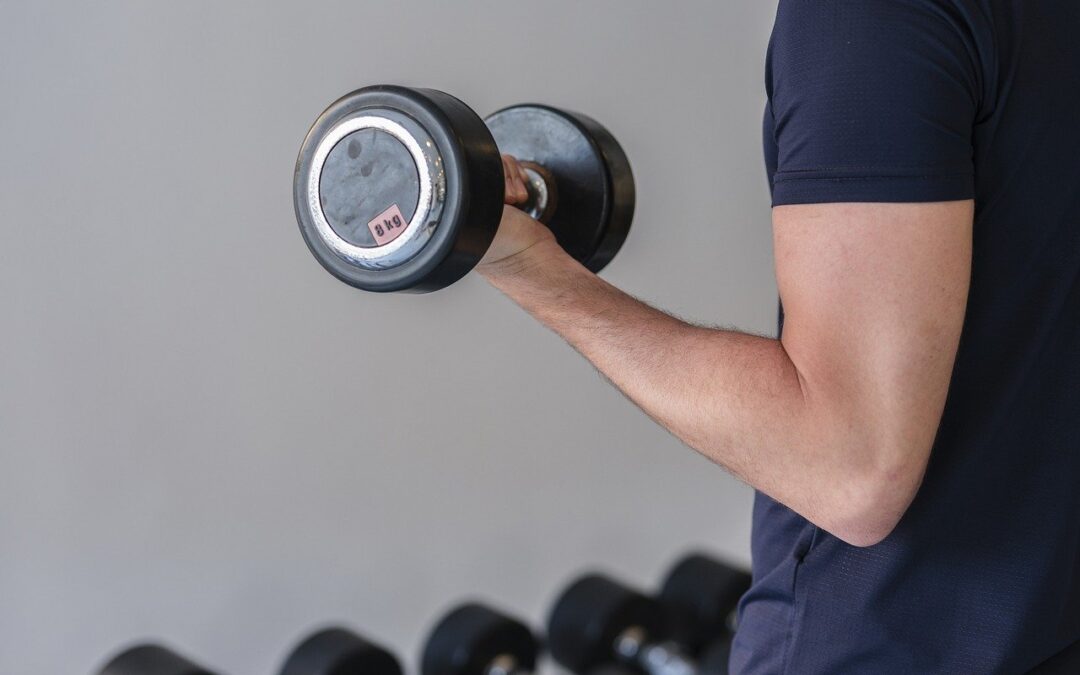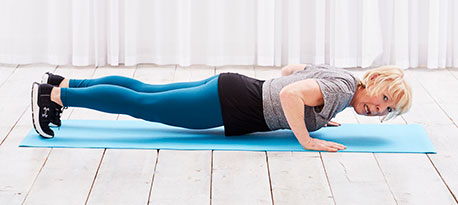The BMI (Body Mass Index) is a measure that uses your height and weight to work out whether you’re a healthy weight. Now, let’s think about that word weight. Our weight incorporates all our organs, bones, blood, muscle and body fat. During our strength-training sessions (yoga, weight-lifting, whichever), our muscles get stronger and denser and over time go from flabby to firm. We’re adding value to our body. That also can add weight (not largeness) to our body. Say Jane has lots of muscle and minimal body fat. She may well have the same BMI as her mate Sandra who has lots of body fat and precious little muscle tone. That’s because the BMI calculation is based on weight, not body composition. Having lots of body fat (being obese) affects our health in many ways from serious conditions like type II diabetes, high cholesterol and an increased risk of strokes. It also affects sexual function, our mood, our mental health and social interactions. It is the amount of body-fat you have that is a health hazard, not necessarily how heavy you are.
So how do we measure our BMI? If you google nhs/bmi, you will be presented with a simple calculator where you can key in your details. But essentially, it is this: your weight in kilos divided by your height in meters squared. I weigh 61 kilos. I am 1.60 tall, which squared (multiply it by itself) is 2.56. 61 divided by 2.56 is 23.6. According to the NHS chart, I am a healthy weight but hovering near the overweight category. That’s because it is only taking into account what I weigh and not what that weight is made up of, which I like to think is healthy muscles, some good heavy bones and less body fat than that calculation would have you believe.
To be fair, the NHS website does state this “BMI is just one way to measure health. It cannot tell you if you’re carrying too much fat, or if you’ve got lots of muscle”. And that is exactly right. I mean, it’s fairly obvious if someone has too much body-fat, isn’t it? So if Sandra were to visit her GP about a health issue, it is possible that the topic of BMI would crop up. But not necessarily for Jane. So as a stand-alone measurement it is not relevant for everyone.
A better health indicator is the size of your waist. Holding too much fat in that area increases our risk of a variety of serious conditions which can scupper our plans for a healthy retirement. I have no waist and a torso akin to a tree trunk so it wasn’t without a little trepidation that I tried this one. Measure your height with a piece of string, then fold that string in half and see if fits around your waist. If it does, great. If it doesn’t then it’s likely you’re carrying too much abdominal fat. This can be reduced with some small changes to nutrition and a boost to your step count, but not a diet which promises something temporary. A positive mindset and a healthy dose of moderation are all you need.
Annie
x
(originally written for Woman&Home magazine )




